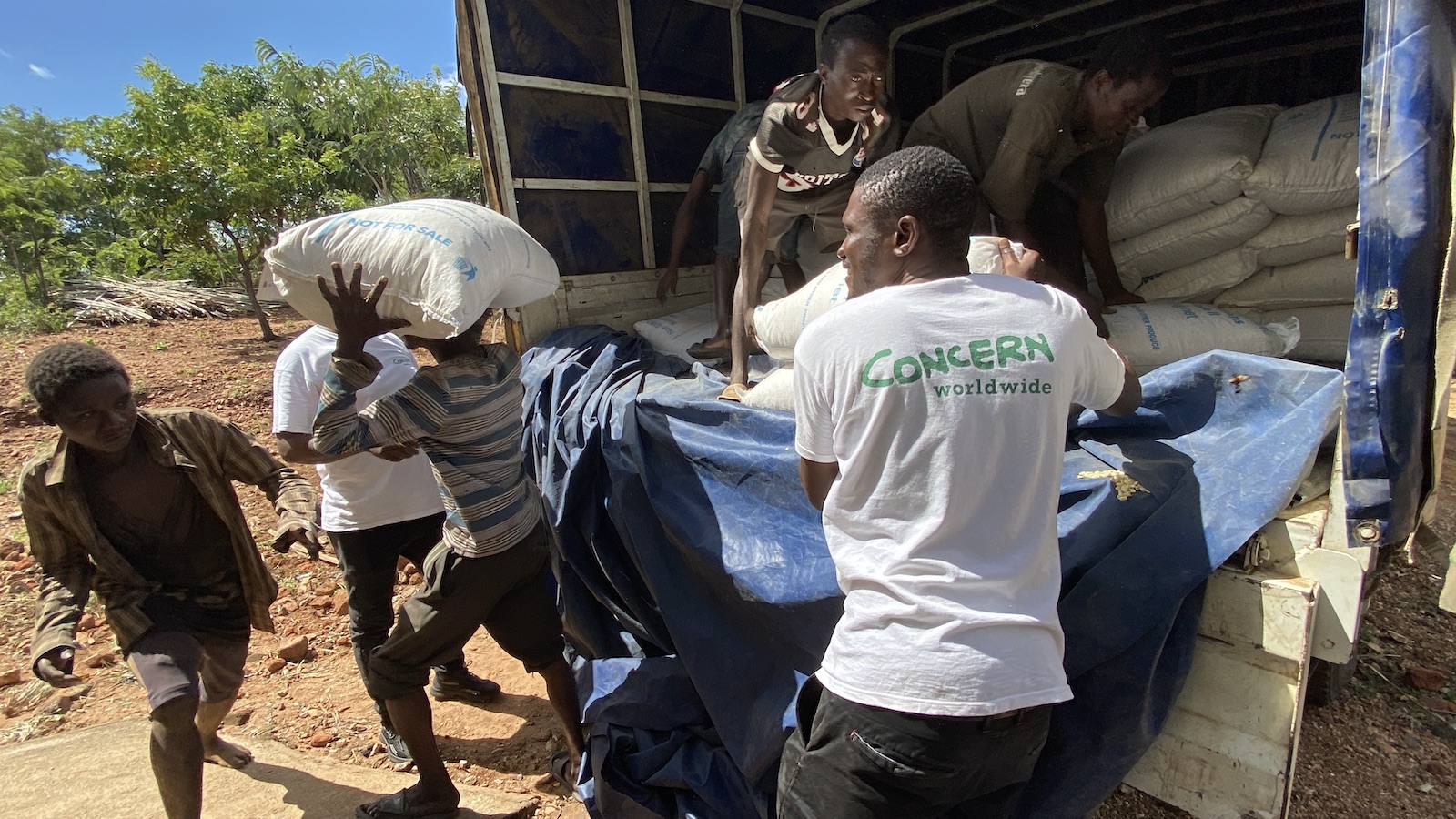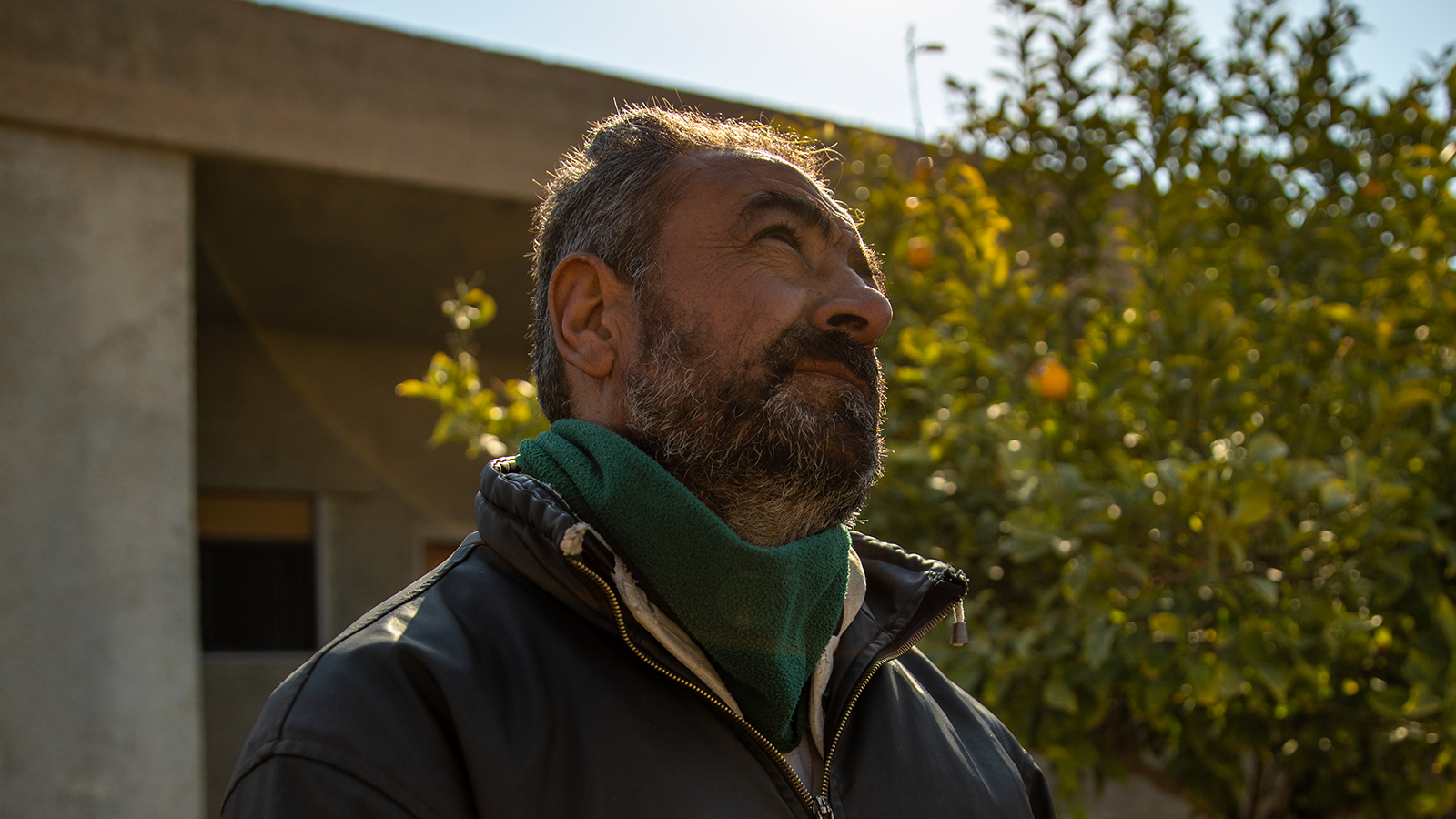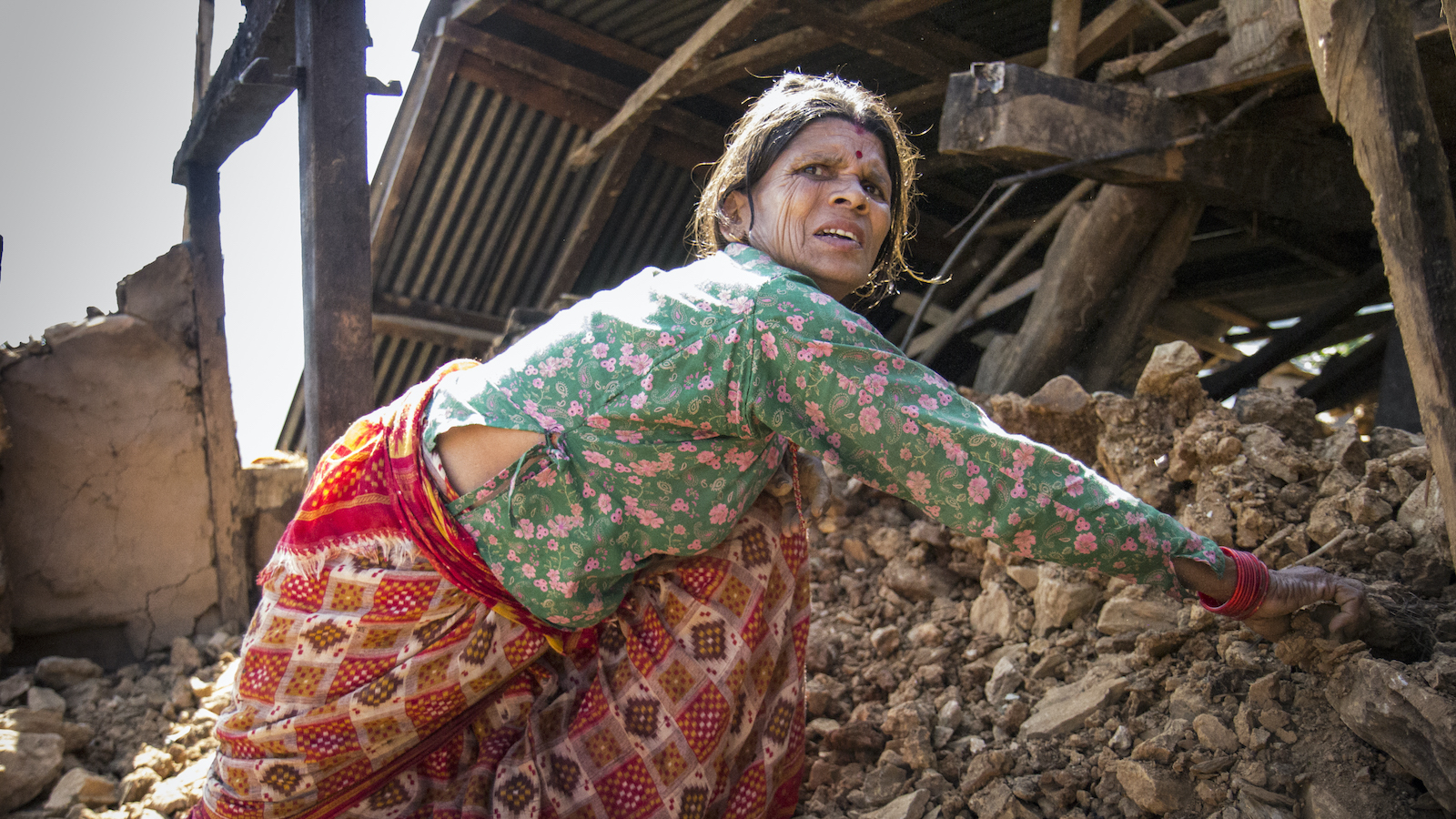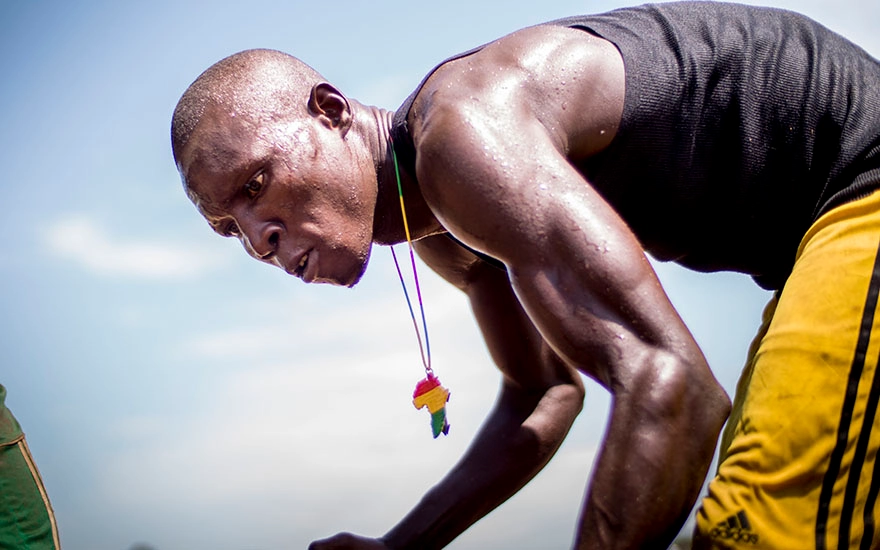When disaster strikes, every minute counts, both in the immediate aftermath and the long term. Here’s a play-by-play of how Concern responds to an emergency.
When disaster strikes, every minute counts, both in the immediate aftermath and the long term.
Emergency response is part of Concern’s DNA. Last year, we responded to 66 emergencies in 20 countries and reached 15.5 million people. These ranged from hyper-local crises you likely haven't heard about to some of the largest humanitarian crises happening today. The specifics and timing of each response may change depending on the context. The overall strategy and imperative, however, remain the same.
Here’s a play-by-play of our humanitarian response.
Before a crisis hits
“A good response is planned out before it happens,” says Kirk Prichard, Vice President of Programs at Concern Worldwide US. In many countries where we work, risks are often cyclical: Every year, Bangladesh’s monsoon season means a chance of floods. Other emergencies are related to protracted crises in an area, like the ongoing conflict in the Democratic Republic of the Congo. In each case, an ounce of prevention is worth a pound of cure.
Each of Concern’s country teams have what’s known as a Preparedness for Effective Emergency Response (PEER) plan. PEER plans map out the potential emergencies that could happen in an area, what Concern is doing to mitigate ongoing risks, and how we would respond to an acute crisis. We update those plans often, and country teams take regular trainings in emergency response.
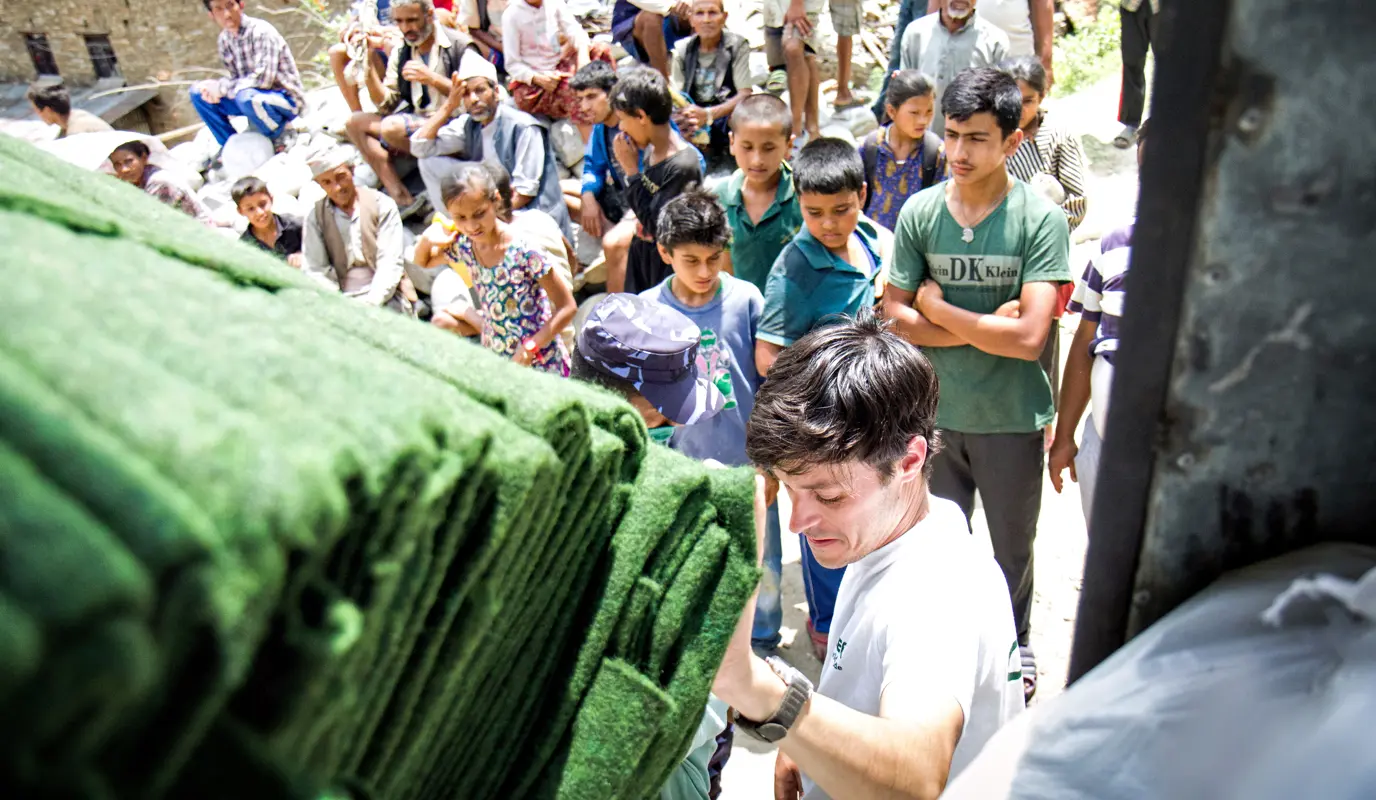
The first few hours
The first thing we do after an emergency hits is ensure that all of our staff and their families are safe. Concern is a global team of over 4,000, with the majority of our staff working in 25 countries and territories around the world. Many of our team members grew up in the communities where we work, and are just as impacted by a disaster as the people we work with.
Once everyone is accounted for, we begin to work through the PEER plan. While it’s not that things are calm in the immediate aftermath of an emergency, this is also what our teams have prepared for. The plan keeps our response moving forward efficiently and as smoothly as possible despite the circumstances.
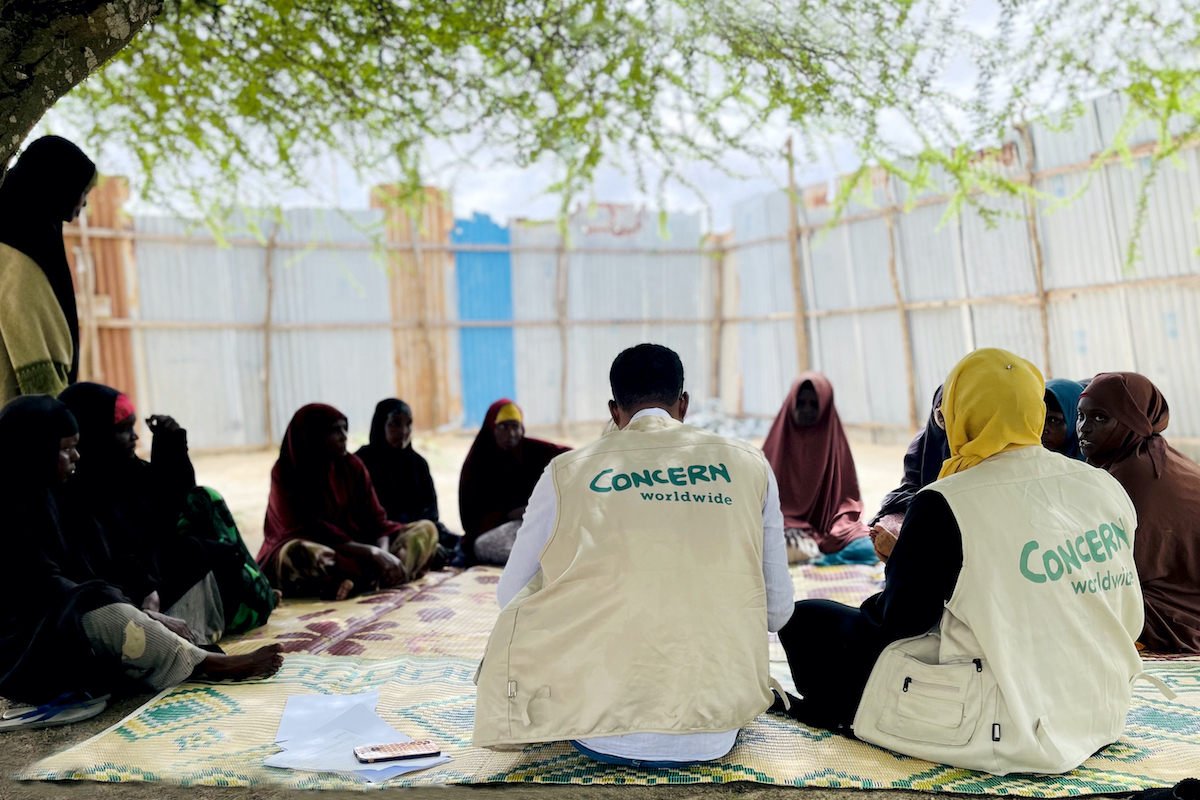
Day 1: Rapid needs assessment and community coordination
It’s tempting to jump in immediately to provide assistance, but a key first step in most emergency response plans is to conduct a rapid needs assessment. This assessment takes an objective and overarching look at the emergency, including its location, impact, and reach. That said, Prichard notes, this is only the first of many assessments and, in those crucial first hours, “it doesn’t need to be complex: There’s an earthquake in Türkiye and Syria. It’s massive. Done.” It’s an important first step, as it helps to ensure that we’re providing the most relevant assistance in the most effective way to the people who need it the most.
This first day is also an important time for Concern to coordinate with other NGOs working in the area, to make sure that we aren’t duplicating efforts or ignoring a key area of need.
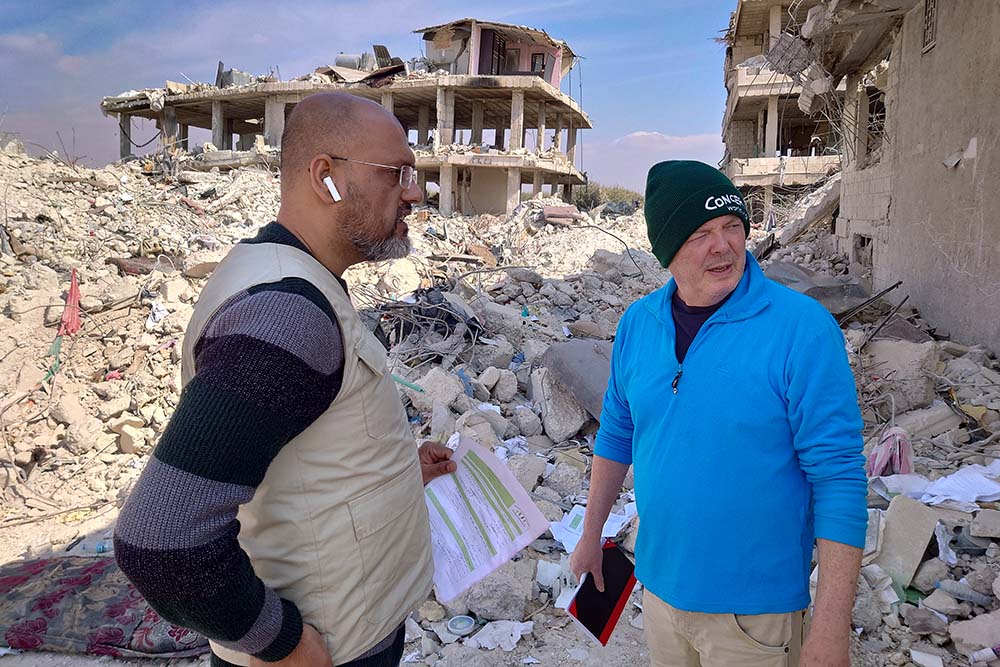
Days 2–5: What’s at the ready
“Based on the PEER plan, if we have the means to respond to the needs we’re seeing, we can start getting out relief within 24 hours,” says Prichard. While we may need to acquire additional materials for distribution (like NFI kits, hygiene kits, or emergency food security), we often have items at the ready to satisfy initial needs.
“If we have the means to respond… we can start getting out relief within 24 hours.”
Prichard adds that, in recent years, we’ve also begun to focus more on local markets. “You want to see if the markets are still functional, if there are things we can do locally within that to help the local economy.” This points to a shift in the humanitarian community of prioritizing cash transfers or vouchers over material aid. The benefits to this are several-fold: cash is easier to get into an area that may be affected by road or border closures, it allows people to prioritize their specific needs, and it helps to keep economies healthy during a major shock.
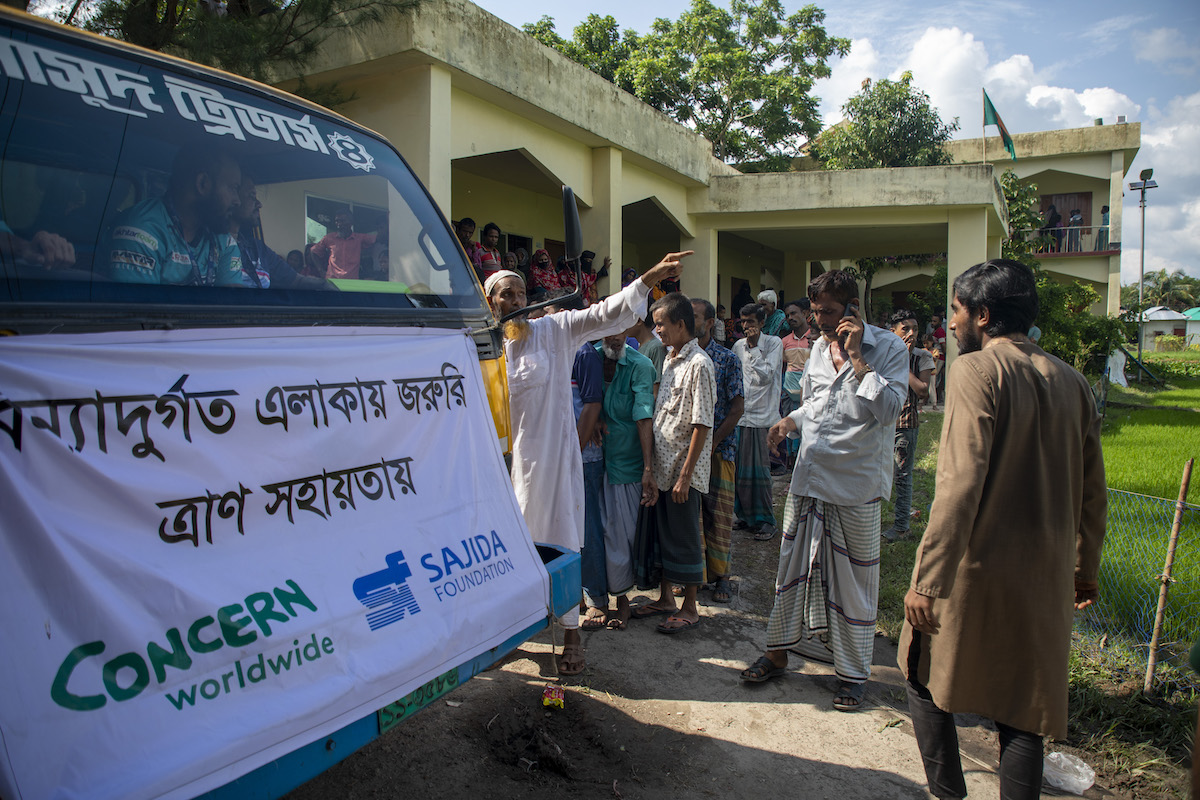
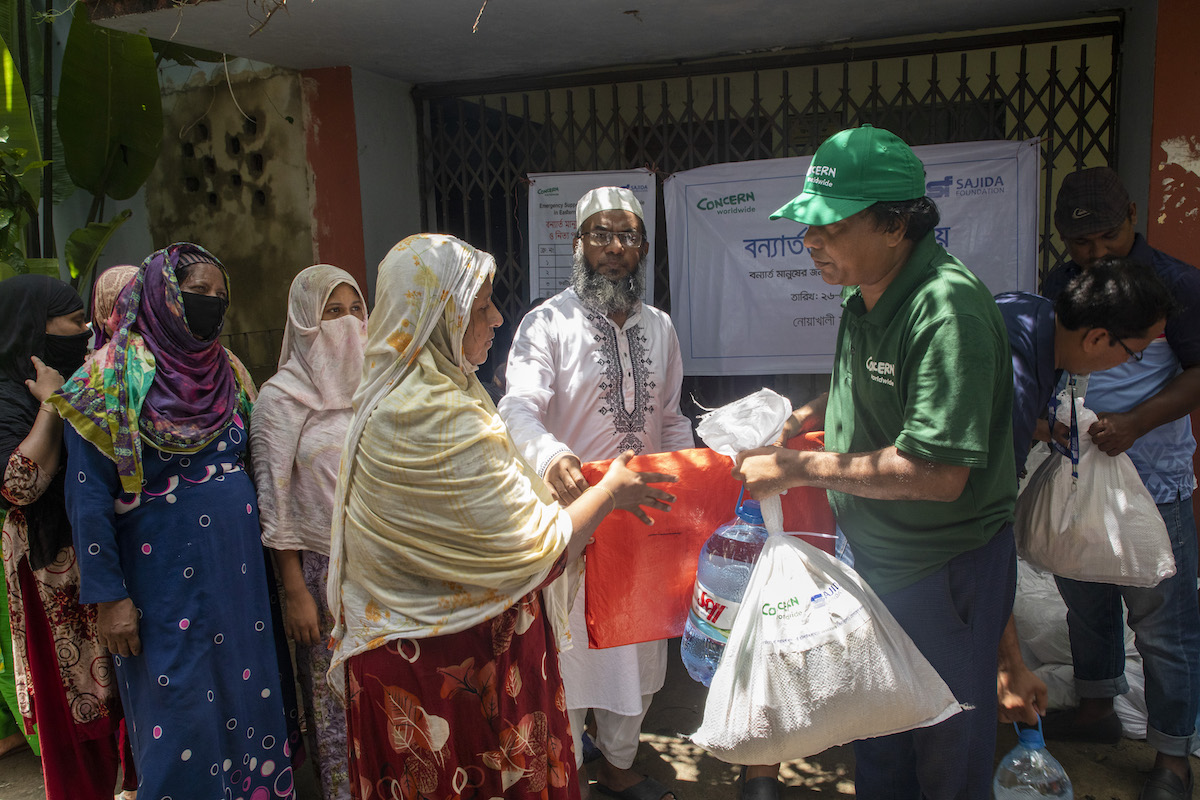
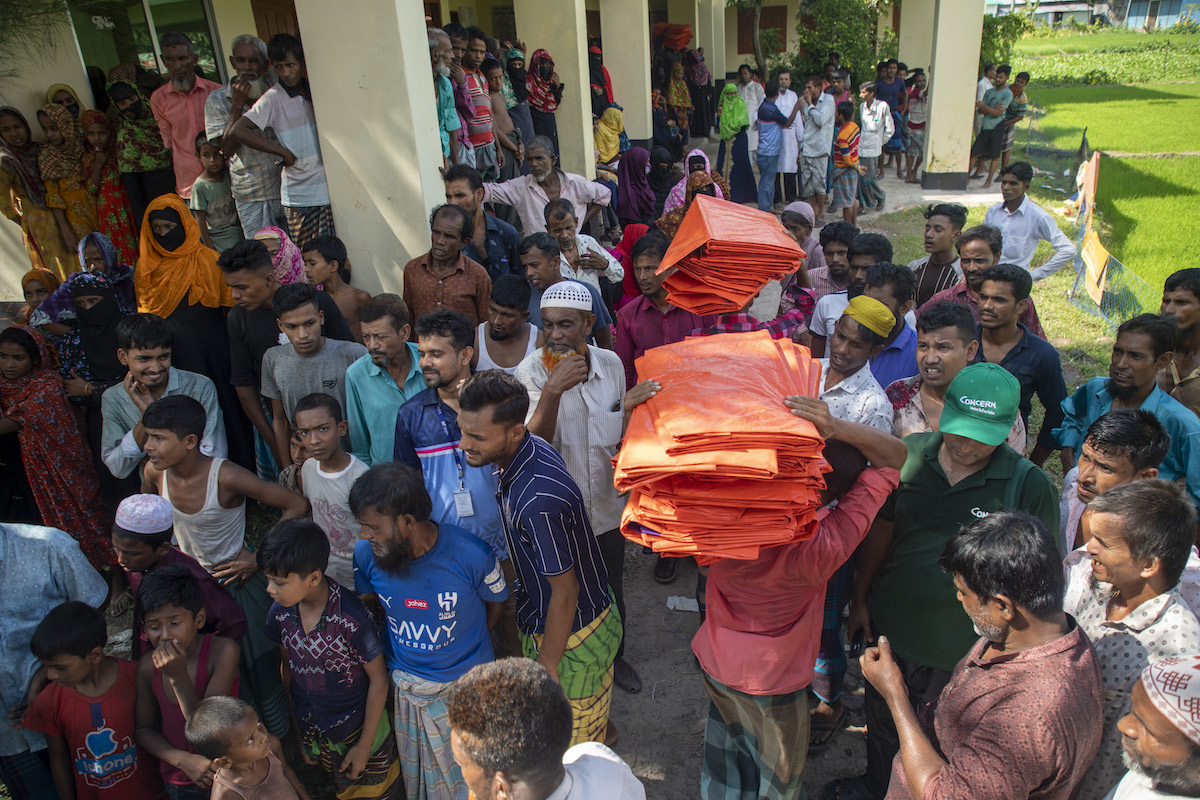
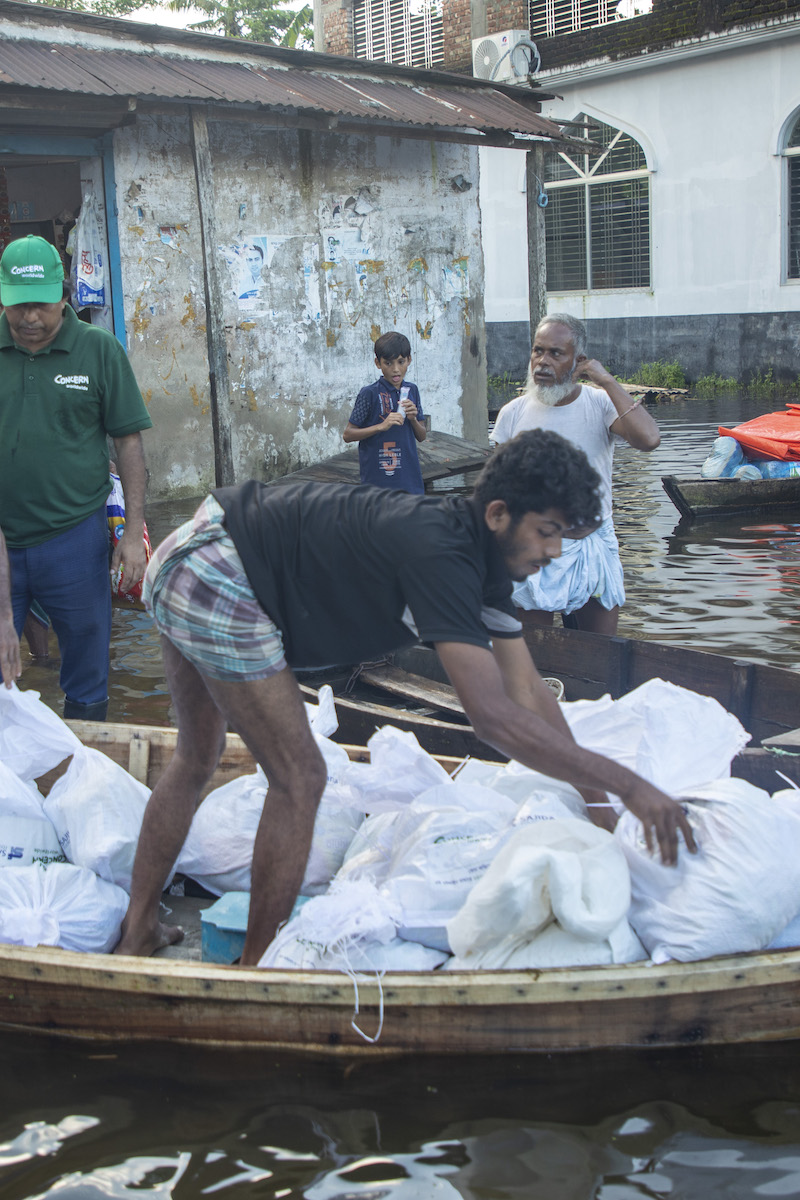

Weeks 1–3: Getting what we need
However, there are also many instances in which supplies are depleted and we do need to bring them in. It can be a delicate balance in these cases: Both conflicts and natural disasters often mean road closures, especially for the most remote or hardest-to-reach areas of a country. What supplies are available may be of lower quality.
“A good response is planned out before it happens.”
This was a situation we had in 2015 with the Gorkha earthquake in Nepal, with many markets shuttered. In that case, we waited longer for higher-quality tarps and shelter materials to make the most with our budget and ensure that people had items that would last through an incoming rainy season. While it took a bit longer, the wait paid off, especially as the Nepalese government had limited aid distributions.
Through all of this, the emergency hasn’t fully ended, even if the initial event has passed. In Ukraine, Concern distributions and staff meetings are frequently interrupted by air raid sirens — often multiple sirens in a day — that can necessitate heading towards an air raid shelter. Earthquakes are often followed by multiple aftershocks, which require everyone to seek safety.
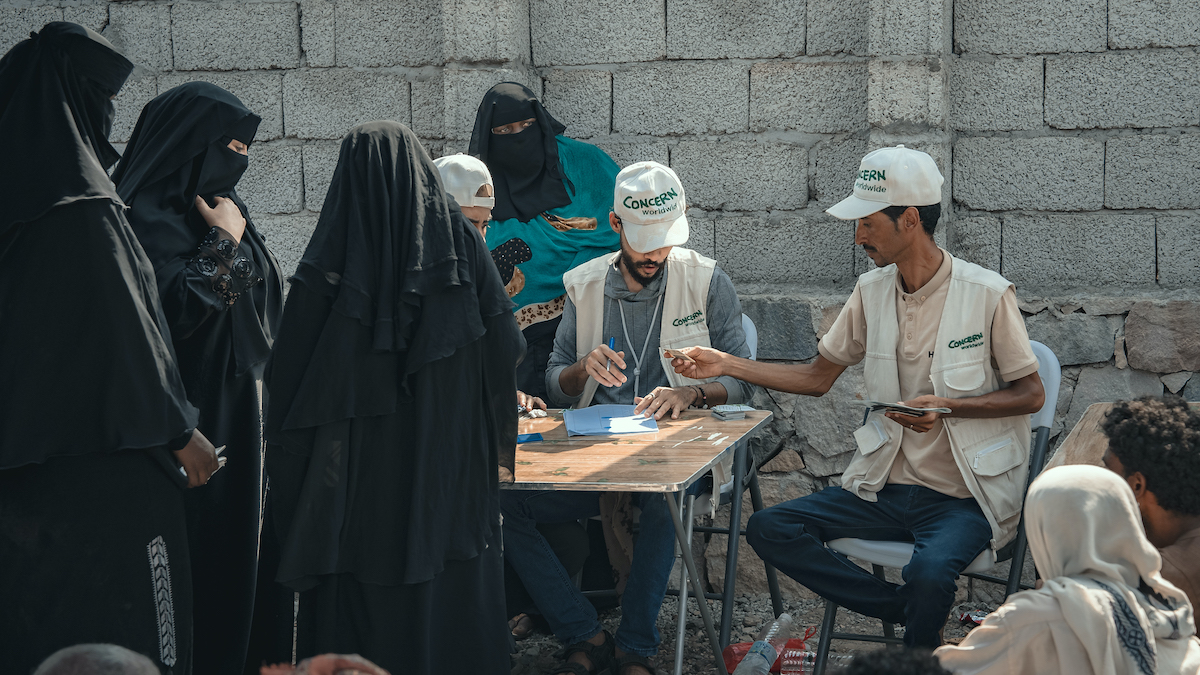
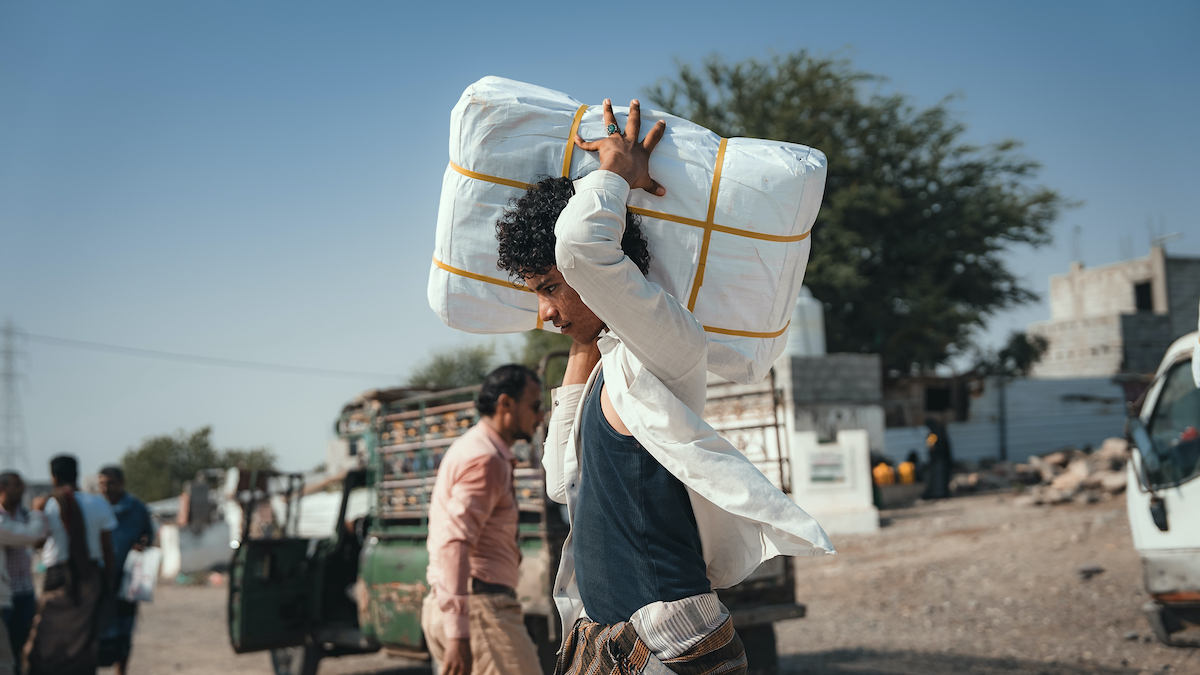
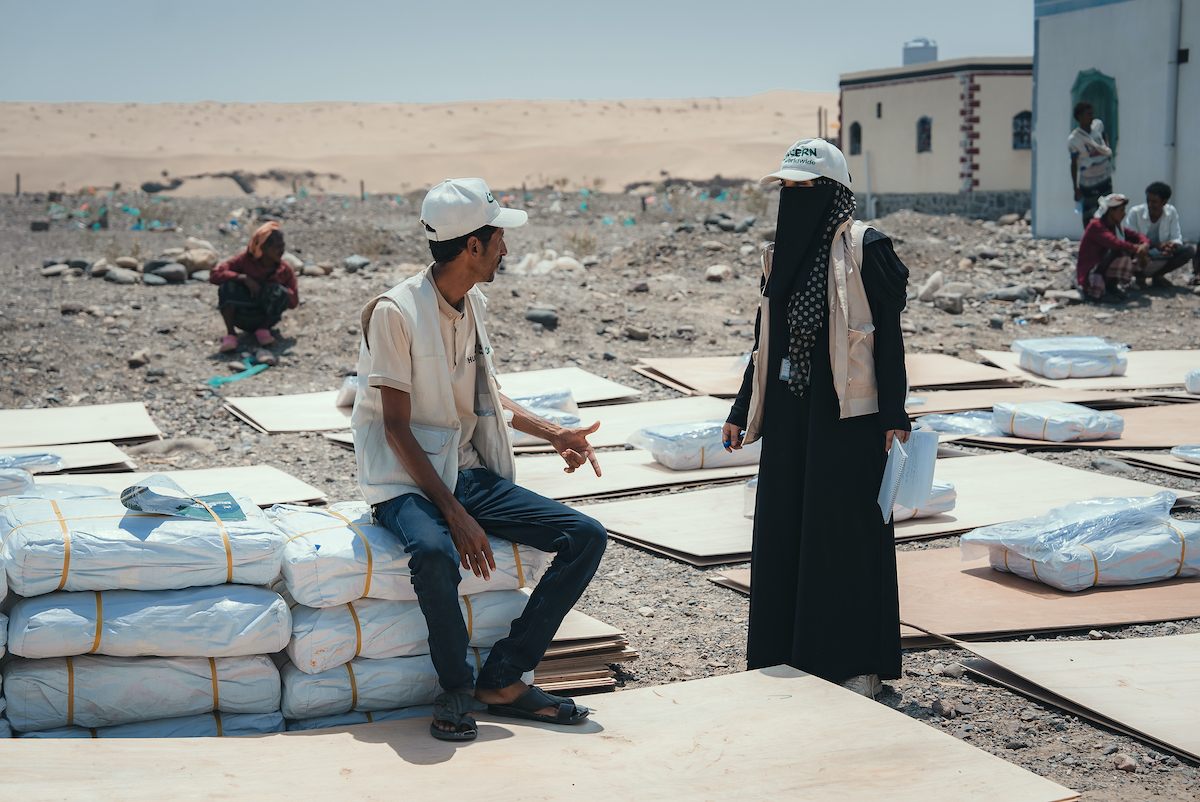
Months 1–6: Always be assessing
Those initial aid distributions are what we call life-saving assistance — the essentials that help people stay fed, get the medical care they need, and have shelter once they reach a safe area. Generally, we get those out within the first month.
However, “needs assessments are a continuous thing,” says Prichard. “The situation changes on a daily basis, and the needs are also changing. Even if you’re talking about displacement, people move constantly. The goalposts are constantly moving.” Our initial months of a response are especially focused on keeping up with the goalposts.
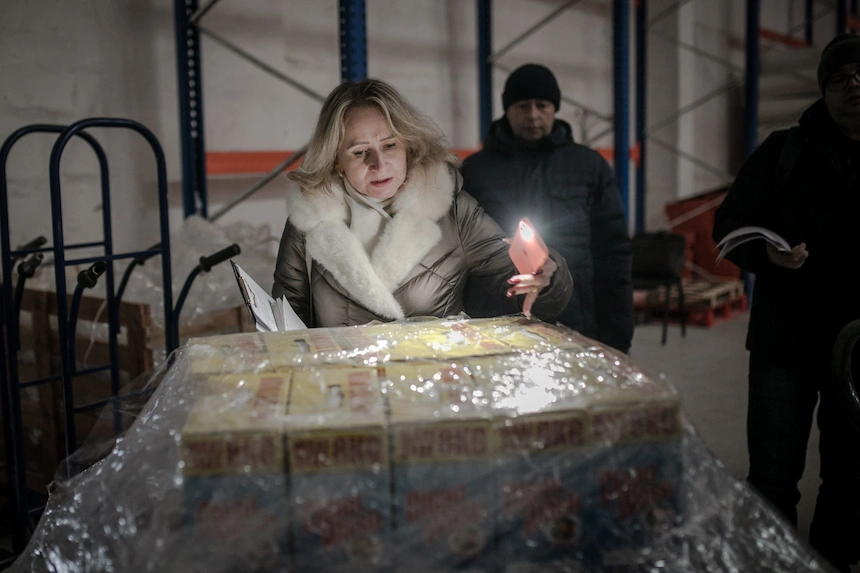
Months 6–12: Moving towards long-term recovery
These shifts in needs can also lead to a domino effect. The Nepal earthquake is another good example of this: Within the first two weeks, we had procured everything for our NFI kits and had begun coordinating within the communities we were working. By the third week, we had begun distributing emergency supplies.
Meanwhile, water and sanitation systems in the communities where we were working had also been destroyed in the quake, presenting a host of risks including water shortages and cholera. Within the first two months of the earthquake, we began rehabilitating local water supply systems, and moved into longer-term projects to earthquake-proof these systems over two years.
At the same time, other frontline support may continue. Cash transfers often last between three and six months — long enough to get people back on their feet without creating a dependency. Concern often works with communities on cash-for-work or other livelihood opportunities as well to aid long-term recovery.
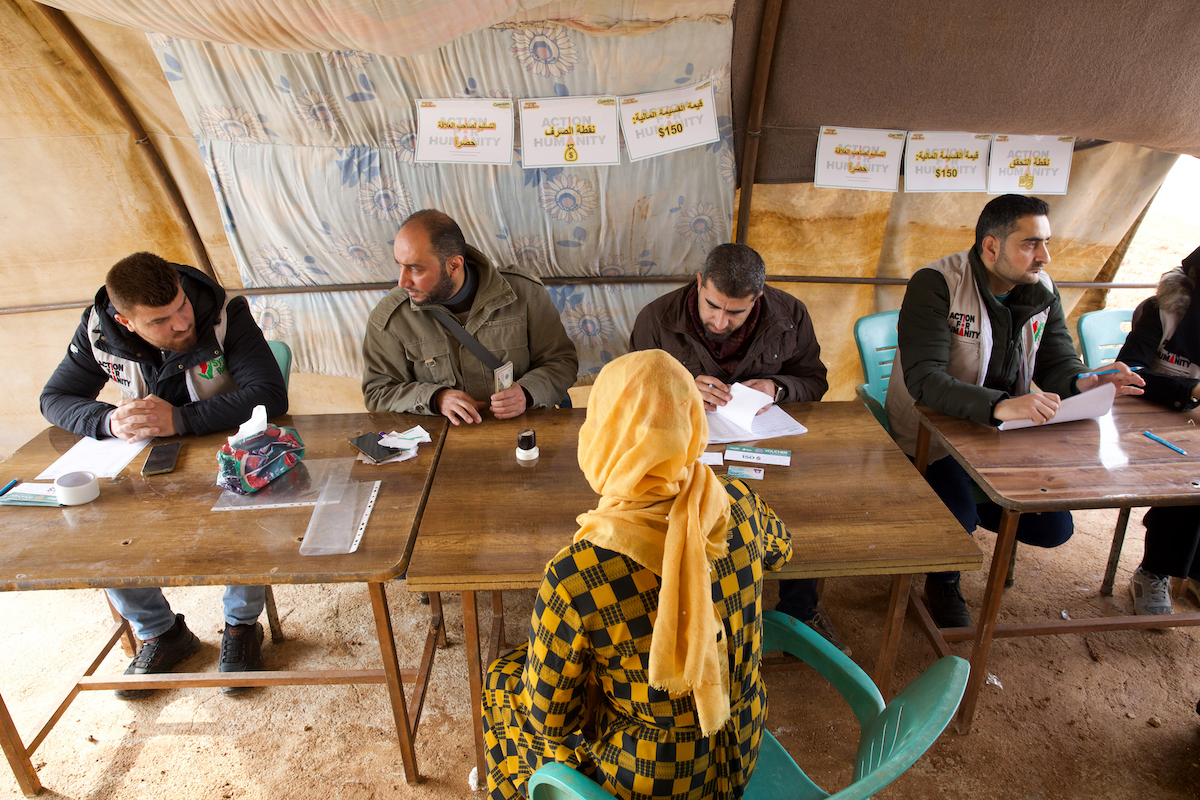
Ongoing support and building resilience
The nature of a crisis can mean that the first year looks very different whether we’re responding to a conflict, an acute natural disaster, or a protracted disaster (like a drought). This is where those constant assessments allow us to deliver a successful emergency response.
Some of the common longer-term support that begins to emerge in the first year and onward includes psychosocial support (particularly during a conflict), education (particularly when classrooms are damaged or destroyed), and livelihoods (particularly in areas where work opportunities are reduced due to the crisis at hand). Healthcare is an ongoing concern, especially for maternal and pediatric care.
At the same time, we also begin to work with communities on building resilience wherever we can against future crises. Our initial response to Cyclone Idai in Malawi included a focus on Climate Smart Agriculture initiatives to make up for the fact that two harvests were affected by the 2019 storm. Disaster risk reduction and community-based disaster risk management are other proven areas of work to account for known unknowns in countries facing increased extreme weather patterns like floods or droughts.
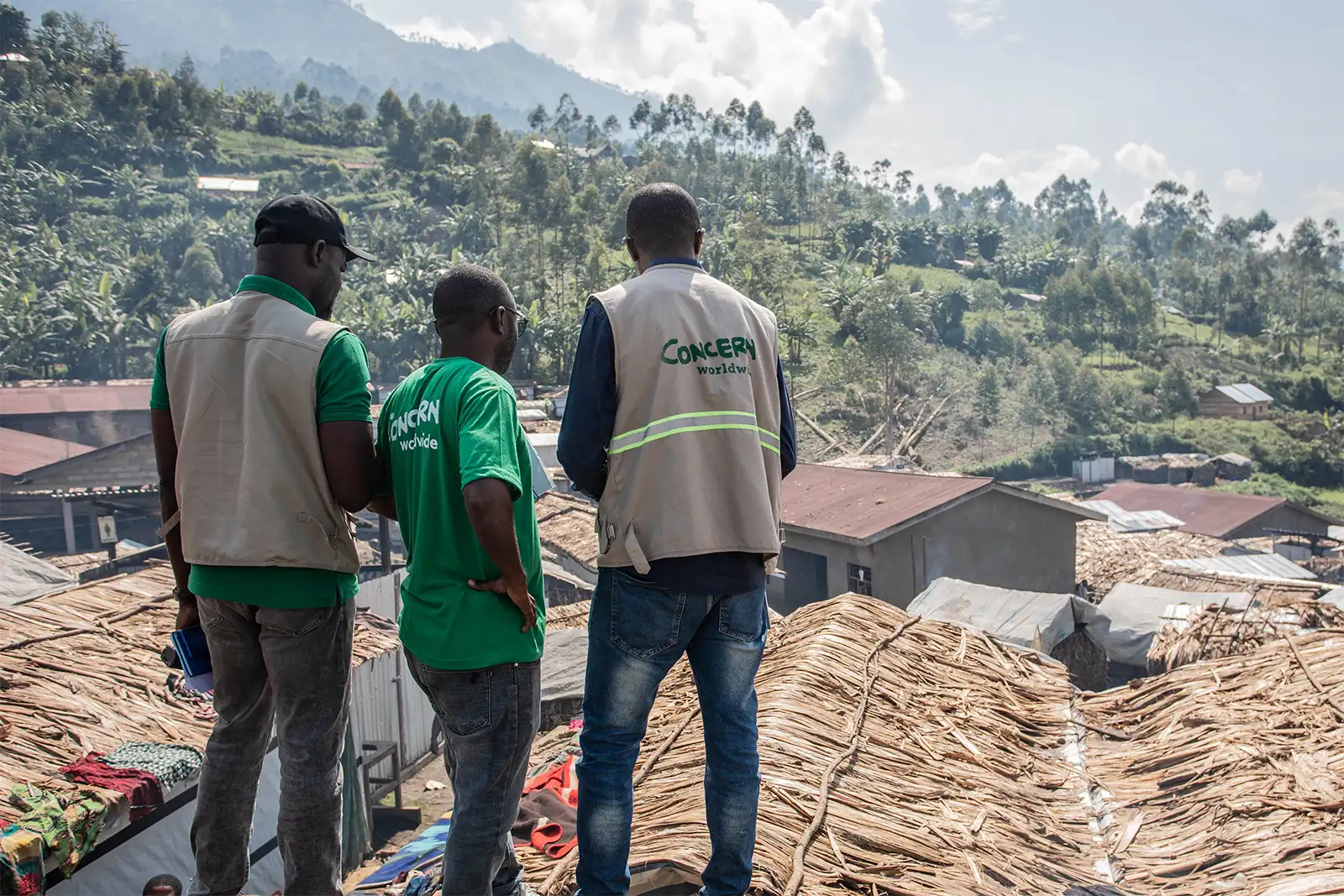
When is an emergency response done?
That can be more complicated. We now live in an era of increasingly complex humanitarian crises. Somalia, for example, has been locked in a cycle of crisis for several decades, as have many other countries where Concern works. In these cases, we often respond to more than one emergency at a time.
Concern is also a dual-mandate organization, meaning we both offer humanitarian responses to crises and ongoing development. When the 2014-16 Ebola epidemic was declared over in Liberia and Sierra Leone, we wound down our response to that crisis, but continued to work in both countries on other projects.
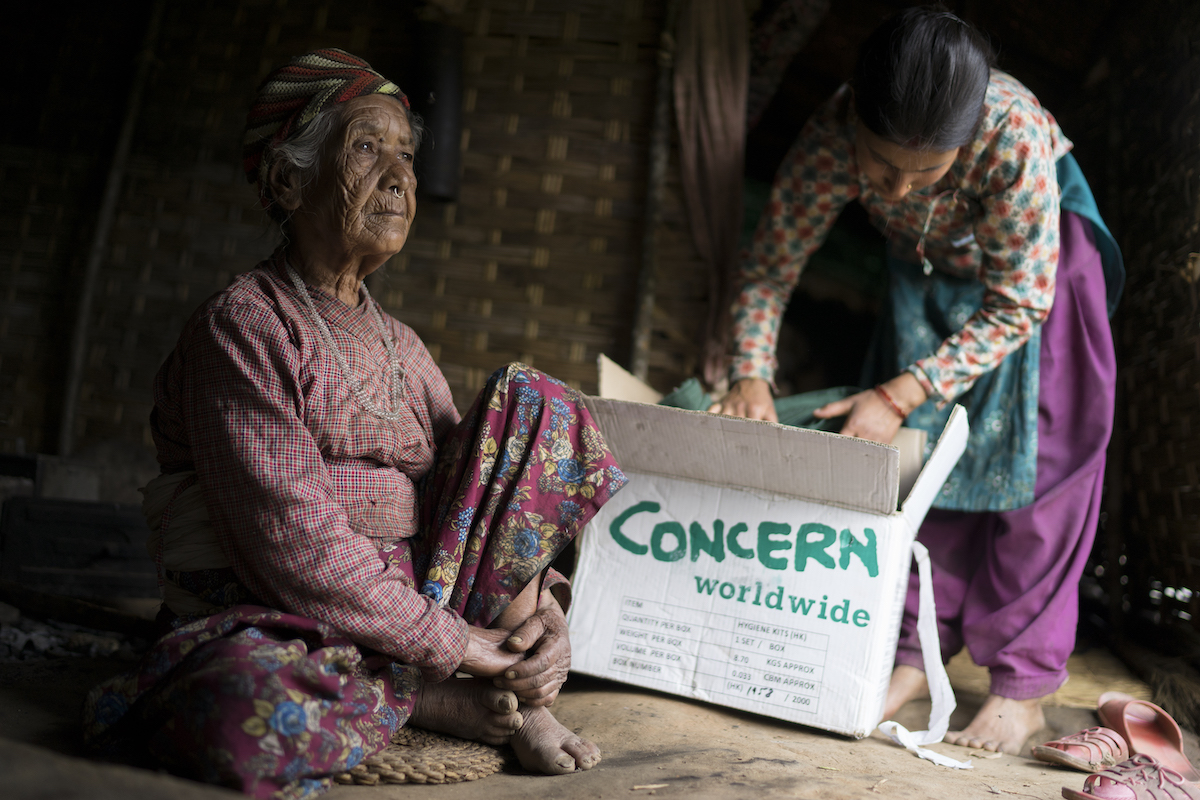
In other cases, we may work out an agreement for a short-term project. Concern had a program in Nepal in the early 2000s that we had wound down in 2010. We returned specifically to respond to the earthquake in 2015. It was a testament to the strength of our local partnerships in the country that we were able to pick up where we left off. Our frontline response team left within a few months, but we made a three-year commitment to work on some of the longer term recovery needs given the scope of the earthquake.

